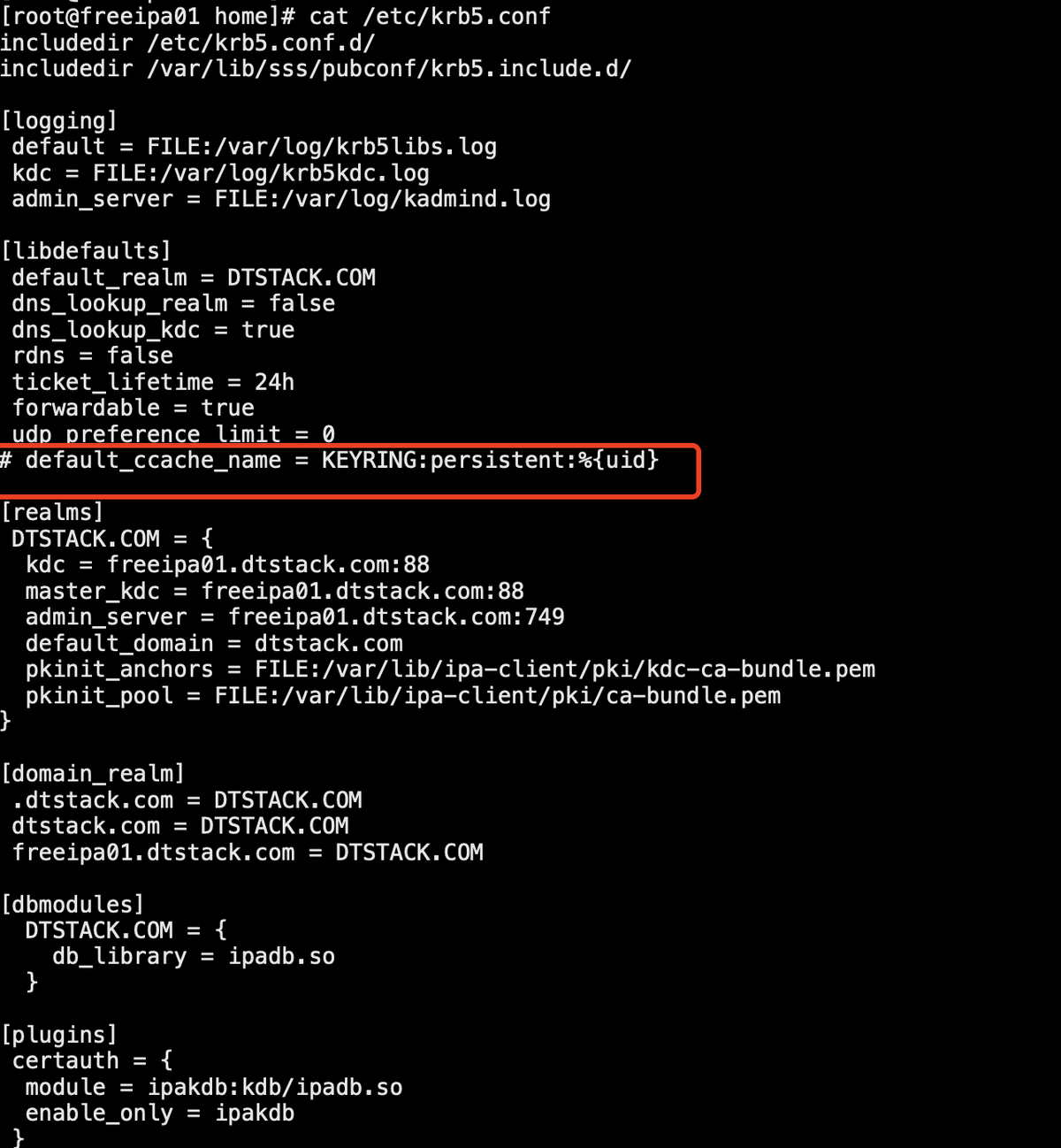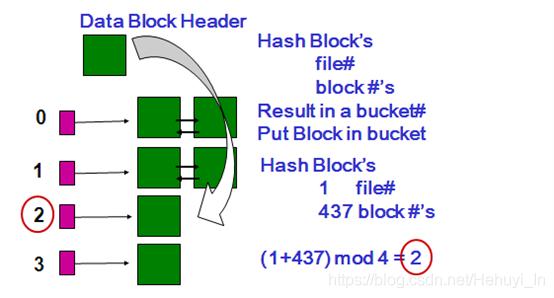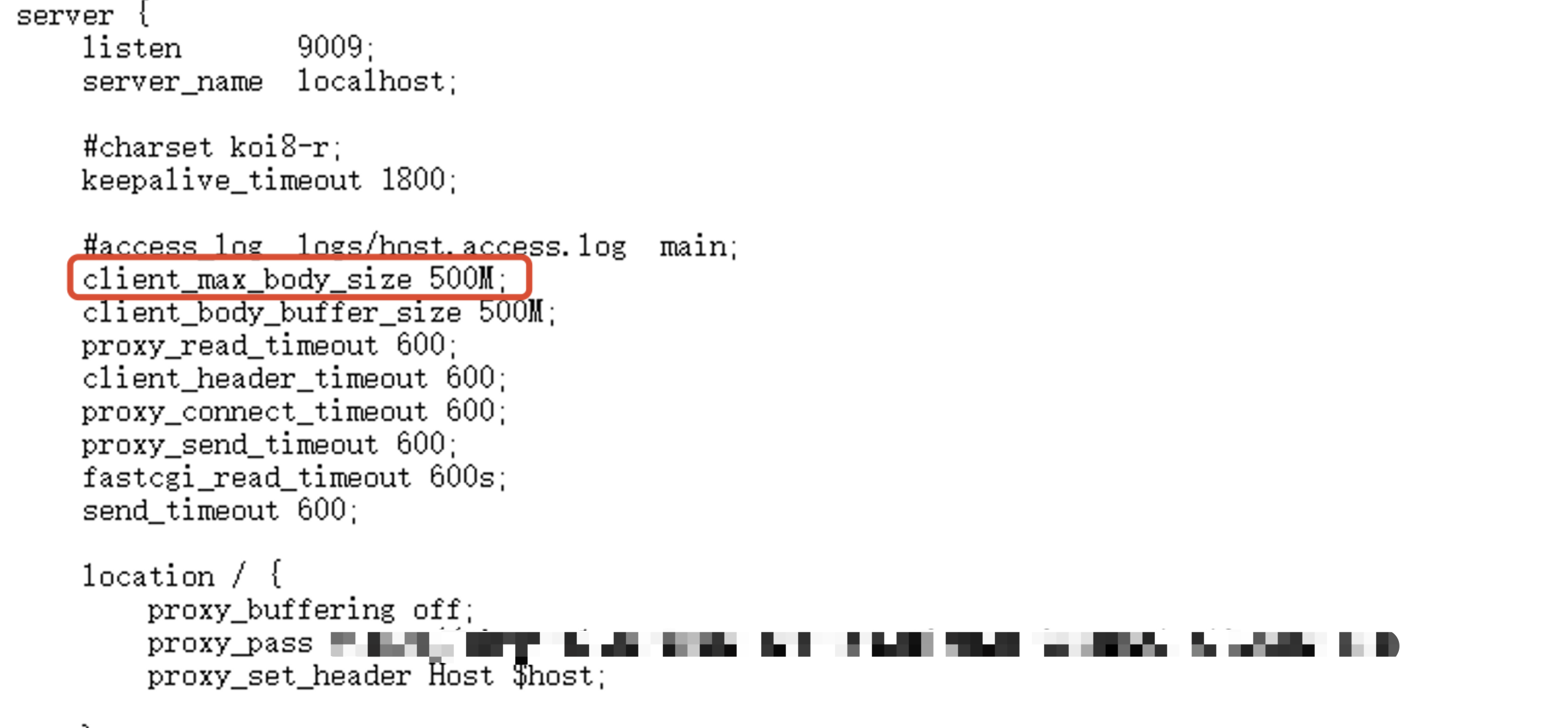Python 识别 MySQL 中的冗余索引
最近在搞标准化巡检平台,通过 MySQL 的元数据分析一些潜在的问题。冗余索引也是一个非常重要的巡检目,表中索引过多,会导致表空间占用较大,索引的数量与表的写入速度与索引数成线性关系(微秒级),如果发现有冗余索引,建议立即审核删除。
PS:之前见过一个客户的数据库上面竟然创建 100 多个索引!?当时的想法是 “他们在玩排列组合呢” 表写入非常慢,严重影响性能和表维护的复杂度。
脚本介绍
表结构
下方是演示的表结构:
CREATE TABLE `index_test03` (
`id` bigint(20) NOT NULL AUTO_INCREMENT,
`name` varchar(20) NOT NULL,
`create_time` varchar(20) NOT NULL,
PRIMARY KEY (`id`),
UNIQUE KEY `uqi_name` (`name`),
KEY `idx_name` (`name`),
KEY `idx_name_createtime`(name, create_time)
) ENGINE=InnoDB DEFAULT CHARSET=utf8;
MySQL 元数据
MySQL 可以通过 information_schema.STATISTICS 表查询索引信息:
SELECT * from information_schema.STATISTICS where TABLE_SCHEMA = 'test02' and TABLE_NAME = 'index_test03';
| TABLE_CATALOG | TABLE_SCHEMA | TABLE_NAME | NON_UNIQUE | INDEX_SCHEMA | INDEX_NAME | SEQ_IN_INDEX | COLUMN_NAME | COLLATION | CARDINALITY | SUB_PART | PACKED | NULLABLE | INDEX_TYPE | COMMENT | INDEX_COMMENT |
|---|---|---|---|---|---|---|---|---|---|---|---|---|---|---|---|
| def | test02 | index_test03 | 0 | test02 | PRIMARY | 1 | id | A | 0 | NULL | NULL | BTREE | |||
| def | test02 | index_test03 | 0 | test02 | uqi_name | 1 | name | A | 0 | NULL | NULL | BTREE | |||
| def | test02 | index_test03 | 1 | test02 | idx_name | 1 | name | A | 0 | NULL | NULL | BTREE | |||
| def | test02 | index_test03 | 1 | test02 | idx_name_createtime | 1 | name | A | 0 | NULL | NULL | BTREE | |||
| def | test02 | index_test03 | 1 | test02 | idx_name_createtime | 2 | create_time | A | 0 | NULL | NULL | BTREE |
脚本通过获得 STATISTICS 表中的索引信息来分析表中是否存在冗余索引,分析粒度为表级别。
DEMO 演示
需要使用 pandas 模块。
import pandas as pd
df_table_level = pd.read_csv('/Users/cooh/Desktop/sqlresult_6162675.csv')
table_indexes = df_table_level['INDEX_NAME'].drop_duplicates().tolist()
_indexes = list()
for index_name in table_indexes:
index_info = {'index_cols': df_table_level[df_table_level['INDEX_NAME'] == index_name]['COLUMN_NAME'].tolist(),
'non_unique': df_table_level[df_table_level['INDEX_NAME'] == index_name]['NON_UNIQUE'].tolist()[0],
'index_name': index_name
}
_indexes.append(index_info)
content = ''
election_dict = {i['index_name']: 0 for i in _indexes}
while len(_indexes) > 0:
choice_index_1 = _indexes.pop(0)
for choice_index_2 in _indexes:
# 对比两个索引字段的个数,使用字段小的进行迭代
min_len = min([len(choice_index_1['index_cols']), len(choice_index_2['index_cols'])])
# 获得相似字段的个数据
similarity_col = 0
for i in range(min_len):
# print(i)
if choice_index_1['index_cols'][i] == choice_index_2['index_cols'][i]:
similarity_col += 1
# 然后进行逻辑判断
if similarity_col == 0:
# print('毫无冗余')
pass
else:
# 两个索引的字段包含内容都相同,说明两个索引完全相同,接下来就需要从中选择一个删除
if len(choice_index_1['index_cols']) == similarity_col and len(
choice_index_2['index_cols']) == similarity_col:
# 等于 0 表示有唯一约束
if choice_index_1['non_unique'] == 1:
content += '索引 {0} 与索引 {1} 重复, '.format(choice_index_2['index_name'], choice_index_1['index_name'])
election_dict[choice_index_1['index_name']] += 1
elif choice_index_2['non_unique'] == 1:
content += '索引 {0} 与索引 {1} 重复, '.format(choice_index_1['index_name'], choice_index_2['index_name'])
election_dict[choice_index_2['index_name']] += 1
else:
content += '索引 {0} 与索引 {1} 重复, '.format(choice_index_2['index_name'], choice_index_1['index_name'])
# 两个索引都是唯一索引
if choice_index_1['index_name'] != 'PRIMARY':
election_dict[choice_index_1['index_name']] += 1
elif choice_index_2['index_name'] != 'PRIMARY':
election_dict[choice_index_2['index_name']] += 1
elif len(choice_index_1['index_cols']) == similarity_col and choice_index_1['non_unique'] != 0:
content += '索引 {0} 与索引 {1} 重复, '.format(choice_index_2['index_name'], choice_index_1['index_name'])
election_dict[choice_index_1['index_name']] += 1
elif len(choice_index_2['index_cols']) == similarity_col and choice_index_2['non_unique'] != 0:
content += '索引 {0} 与索引 {1} 重复, '.format(choice_index_1['index_name'], choice_index_2['index_name'])
election_dict[choice_index_2['index_name']] += 1
# 通过索引类型来判断是否需要删除
redundancy_indexes = list()
for _k_name, _vote in election_dict.items():
if _vote > 0:
redundancy_indexes.append(_k_name)
content += '建议删除索引:{0}'.format(', '.join(redundancy_indexes))
print(content)
输出结果:
索引 uqi_name 与索引 idx_name 重复, 索引 idx_name_createtime 与索引 idx_name 重复, 建议删除索引:idx_name
SQL 查询冗余索引
MySQL 5.7 是可以直接通过 sys 元数据库中的视图来查冗余索引的,但是云上 RDS 用户看不到 sys 库。所以才被迫写这个脚本,因为实例太多了,一个一个看不现实。如果你是自建的 MySQL,就不用费那么大劲了,直接使用下面 SQL 来统计。
select * from sys.schema_redundant_indexes;




